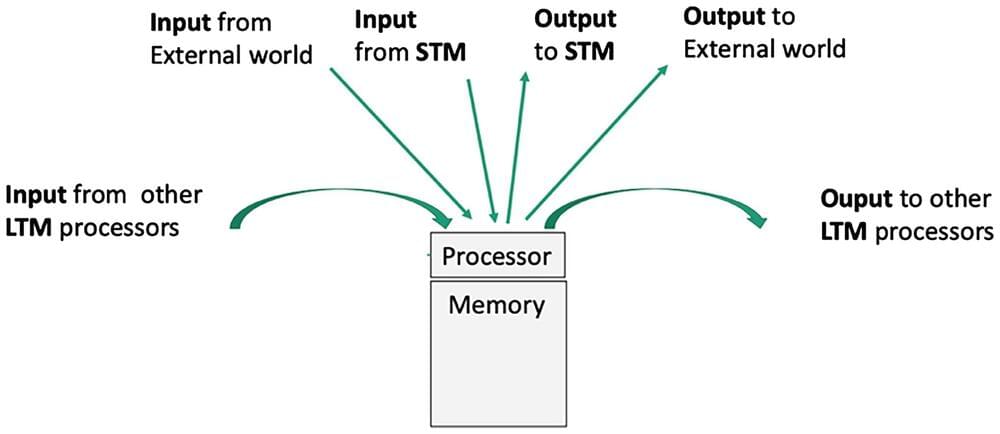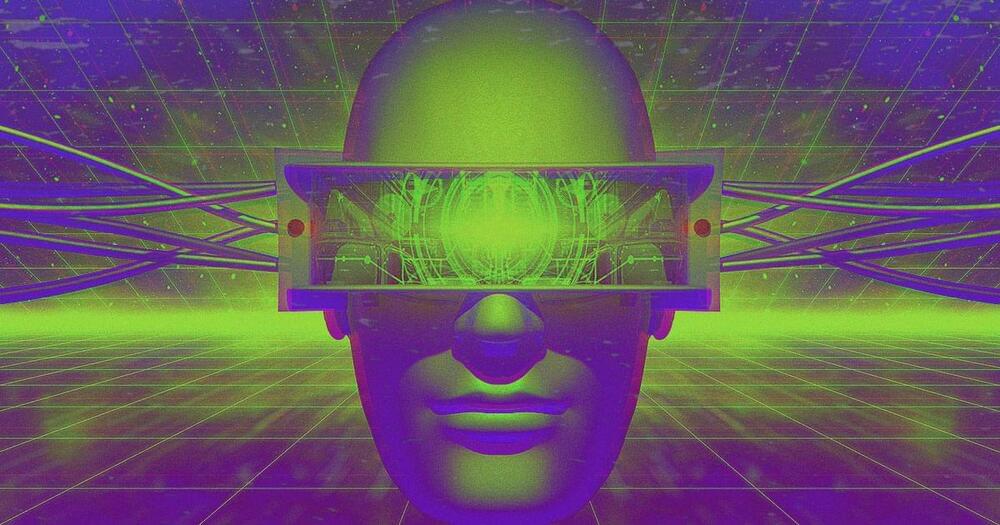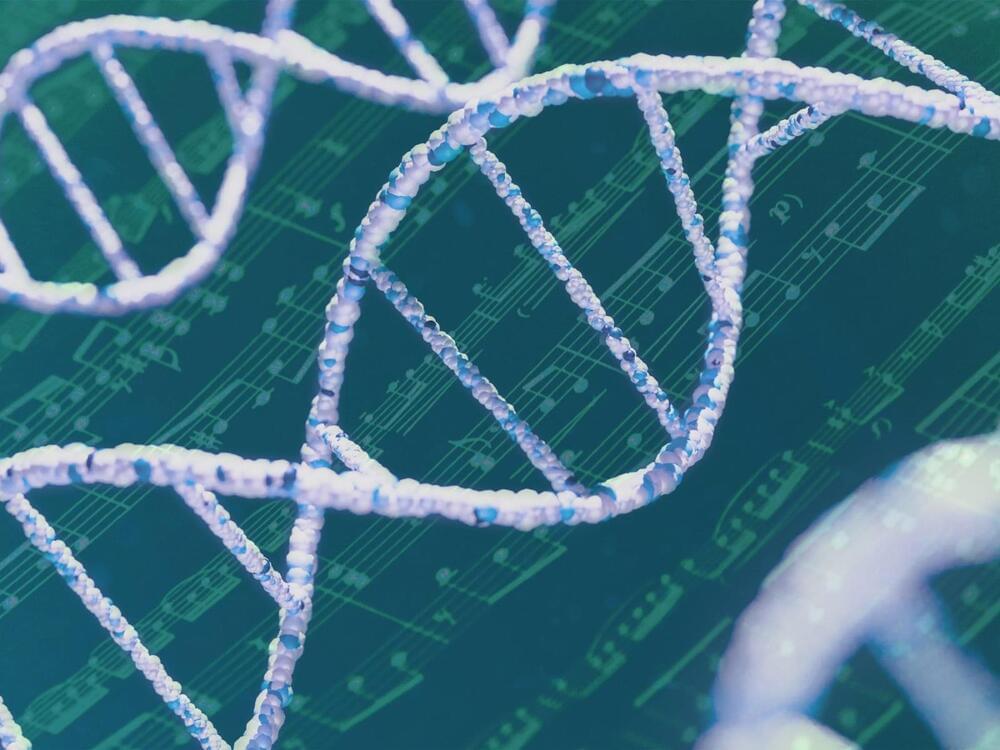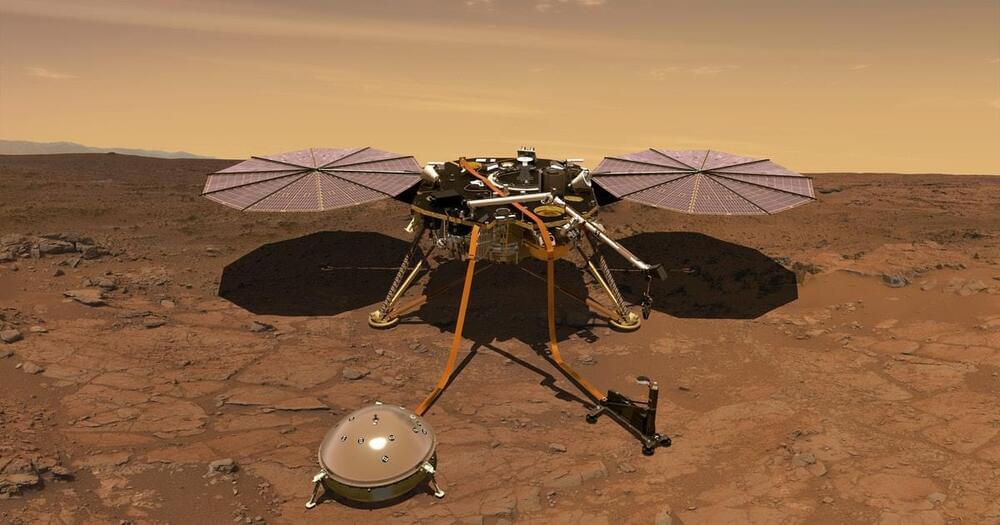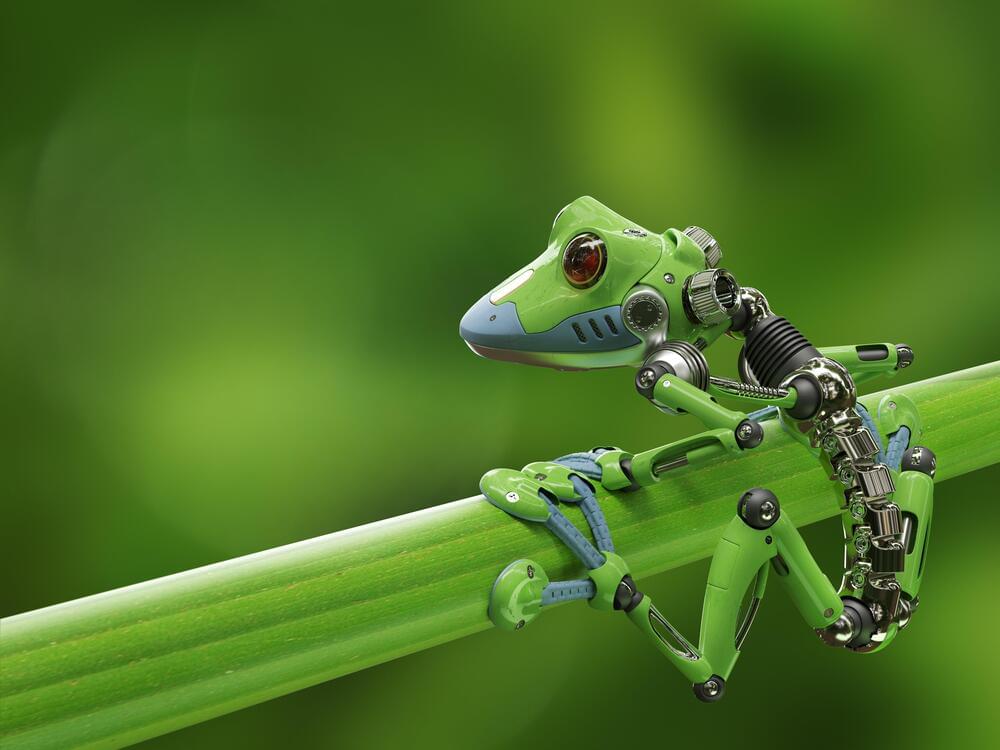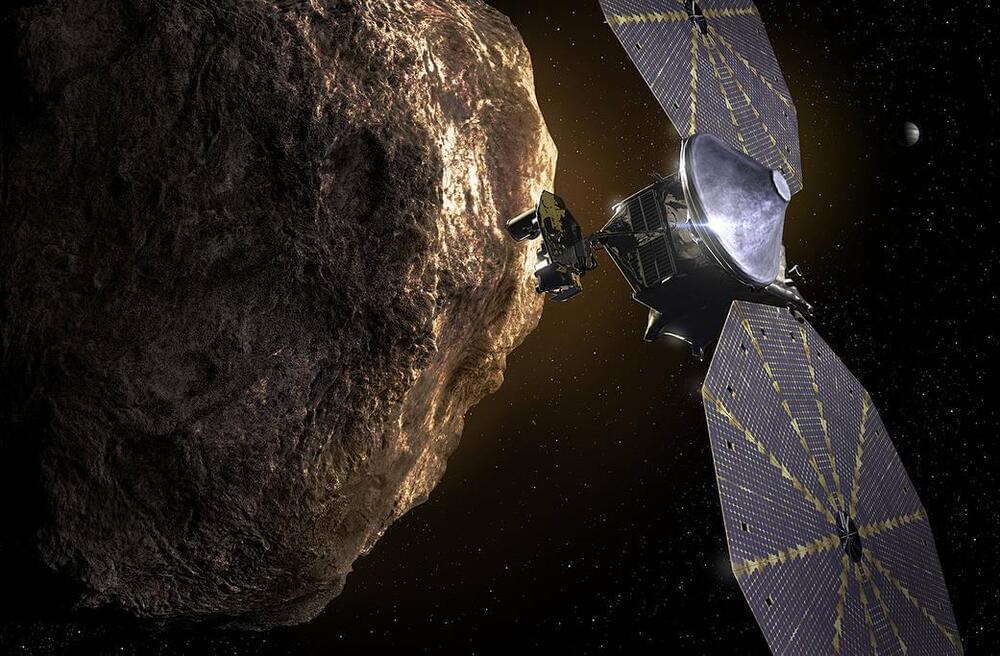This paper provides evidence that a theoretical computer science (TCS) perspective can add to our understanding of consciousness by providing a simple framework for employing tools from computational complexity theory and machine learning. Just as the Turing machine is a simple model to define and explore computation, the Conscious Turing Machine (CTM) is a simple model to define and explore consciousness (and related concepts). The CTM is not a model of the brain or cognition, nor is it intended to be, but a simple substrate-independent computational model of (the admittedly complex concept of) consciousness. This paper is intended to introduce this approach, show its possibilities, and stimulate research in consciousness from a TCS perspective.
